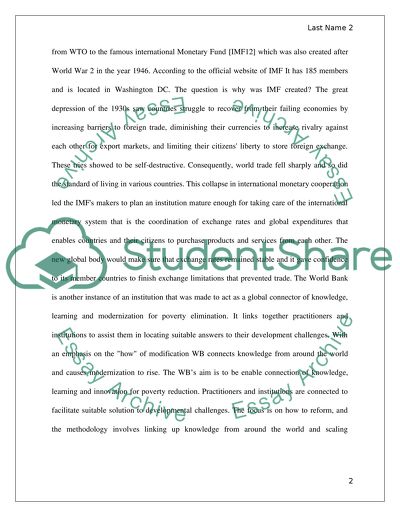Cite this document
(“Advantages and Disadvantages of International Economic Institutions Research Paper”, n.d.)
Retrieved de https://studentshare.org/macro-microeconomics/1396507-advantages-and-disadvantages-of-international
Retrieved de https://studentshare.org/macro-microeconomics/1396507-advantages-and-disadvantages-of-international
(Advantages and Disadvantages of International Economic Institutions Research Paper)
https://studentshare.org/macro-microeconomics/1396507-advantages-and-disadvantages-of-international.
https://studentshare.org/macro-microeconomics/1396507-advantages-and-disadvantages-of-international.
“Advantages and Disadvantages of International Economic Institutions Research Paper”, n.d. https://studentshare.org/macro-microeconomics/1396507-advantages-and-disadvantages-of-international.


